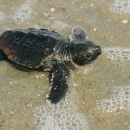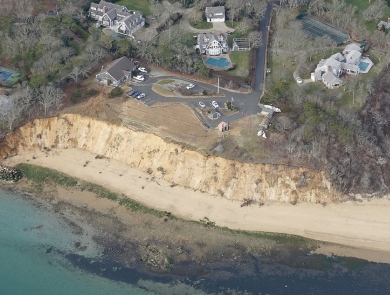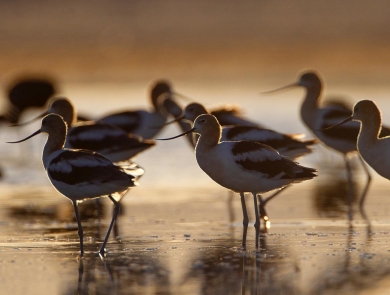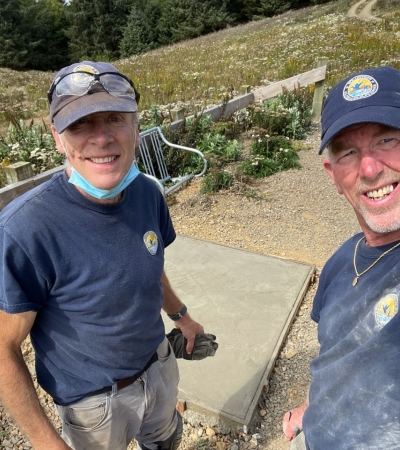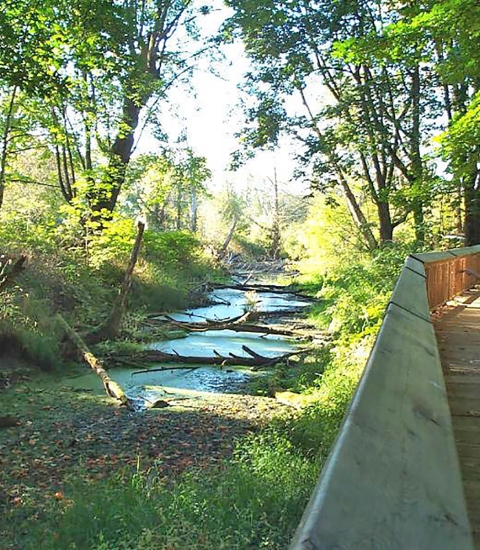Facility
Location
5801 Highway 17 North
Awendaw, SC 29429
United States
Volunteer Position Overview
About This Position
RV site for this position is at no cost with an individual providing 28 hours of service each week. Wednesday through Saturday are work days but schedule may change with projects that occur. The site has water, electric and sewage hookups. The site is grass, with no cement or gravel pad. The water is from well and used in RV.. Worker must be able to lift 25 pounds and have the ability to walk one mile.
Duties/Activities
Stories About Volunteering
Other Ways to Work with Us
Are you looking for something different than a volunteer opportunity? The Fish and Wildlife Service employs around 9,000 people nationwide and offers great internship opportunities every year.
